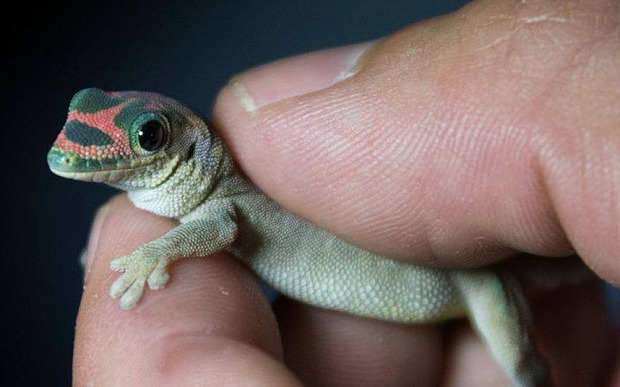A new version of the UCS Satellite Database, which includes launches through July 31, 2014, has been posted at http://ucsusa.org/satellites.
There are currently 1235 active satellites in the database.
The changes to this version of the database include:
- The addition of 89 satellites
- The deletion of 21 satellites
- The addition of and corrections to some satellite data.
Again nearly 100 satellites were launched during this update period, representing nearly all the kinds of things satellites are asked to do. Satellites were launched on behalf of people in underdeveloped areas just starting to reap benefits from space services, and satellites launched to protect decades of advantages accrued to the United States from using space.
Four satellites were launched to augment the O3b constellation, which is meant to provide broadband service everywhere on earth within 45 degrees of latitude north and south of the equator, including remote areas that currently have limited connectivity to the internet. (Hence O3b’s name, Other Three Billion.) The satellites are alone in their circular orbits at around 8,000 km, a high-radiation environment in the transition between the lower and upper Van Allen radiation belts.
As part of a recently declassified program, the United States launched three satellites built to observe other satellites in geosynchronous orbit. The launch included two operational GSSAP (Geosynchronous Space Situational Awareness) satellites, and one experimental Angels (Automated Navigation and Guidance Experiment for Local Space) satellite, which will test the capability to closely approach another orbiting object using automated navigation.
And I guess that I can’t *not* mention Russia’s Foton-M4 satellite, launched in July. The six-ton satellite hosted mushrooms, plant seeds, and a metallurgical experiment, but no one cared overmuch about those. Foton-M4 was nearly universally called the “gecko sex satellite,” honoring the four female and one male gecko-cosmonauts that were to be observed by videocamera over a period of months, with the hope that they would mate. Mission control lost communication with the satellite temporarily, sparking serious concern about their fate—for example, John Oliver’s campaign for Vladimir Putin to #GoGetThoseGeckos! The mission got cut short, unfortunately, and when its capsule was recovered we learned the world-famous geckos did not survive their odyssey.


